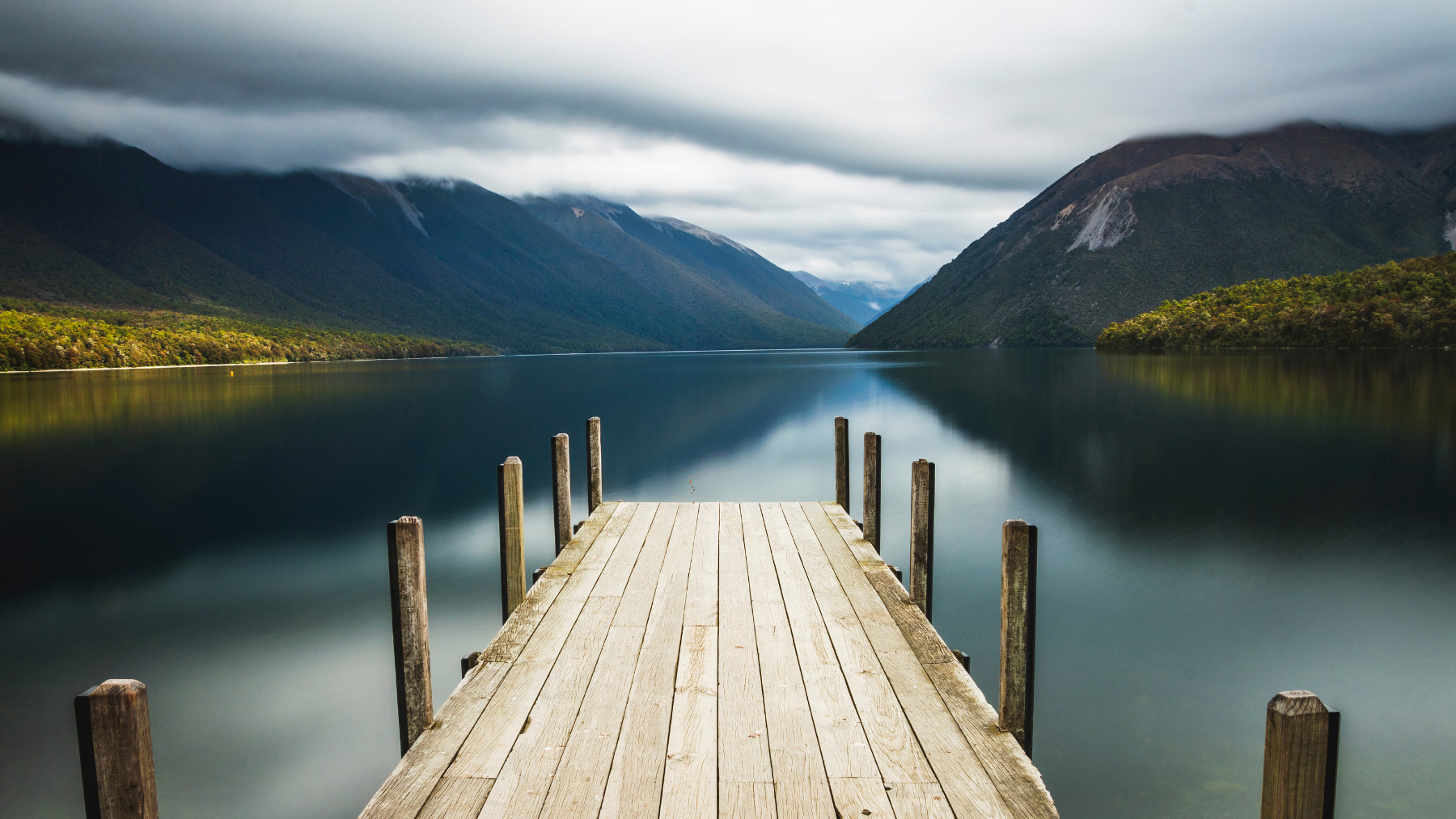
Tasman District has more than 9,000 kilometres of rivers and streams, numerous lakes, wetlands, and springs and aquifers plus two pristine alpine lakes and Te Waikoropupū springs with the clearest water in the Southern Hemisphere. These waterways are valued for cultural reasons and their inherent qualities, as well as being places for Mahinga Kai for food and resource gathering, swimming, boating, fishing and other recreation, a home for aquatic plants and animals, water for drinking, hydroelectricity, and irrigation for horticulture and agriculture.
Communities and the environment need clean, healthy water to thrive. What we do on the land affects freshwater quality, quantity, and habitats. As water moves over the land and through the ground, it transports pollutants like bacteria, sediment, and nutrients. Because all our water is connected, nutrients or contaminants in surface water have the potential to enter our groundwater and vice versa. When we take more from a waterbody than it can naturally support, we compromise that ecosystem. Development can further degrade freshwater habitats.
Challenges
Some of our rivers and streams have changed dramatically since European settlement. They may have been dammed, had water pumped out or diverted, waste discharged into them, or invasive plants introduced. The land draining into these rivers (their catchment area) has been cleared for agriculture, forestry, and urban development. These activities all increase the amount of runoff entering rivers, streams, and groundwater systems.
Tasman District Council monitors over 50 freshwater quality sites, covering groundwater and surface water. This monitoring reveals that while the overall state of freshwater qaulity in the Tasman District is good, outside of national parks it is under pressure. There is evidence that small lowland streams near human activity have degrading water quality and there is an increasing public health risk from groundwater contamination. In many water bodies natural character and processes have been degraded from vegetation loss and channel modification. Recent dry summers have shown that there is pressure on water availability. The scientific data we have combined with local knowledge demonstrate the need for improved protection and restoration.

Lake Rotoiti is just one of Tasman's iconic bodies of water treasured by locals and tourists alike
Towards protection and restoration
Tasman District Council has a management role for freshwater. Our work is guided by national policy, regulations and standards for water that outline processes for setting requirements and rules.
There are challenges in maintaining and protecting our water in Tasman. There will be many different views about what activities and water/land uses and practices are acceptable.
To implement new national freshwater policy and standards and set our local environmental objectives, council is preparing to partner with iwi, industry, landowners, and communities. Looking after, restoring and enhancing Tasman’s freshwater needs your input.
What we learn will make a difference to the way the new Tasman Environment Plan provides for freshwater protection and restoration. The Tasman Environment Plan will include rules that direct water allocation and manage contamination discharges, along with policies to promote waterbody enhancement projects, water storage solutions, and hydroelectricity.
In this episode of the Tasman Environment Plan podcast, TDC Policy Planner Lisa McGlinchey talks freshwater in the Tasman District.
Further resources
Find out more about this topic at the links below:





